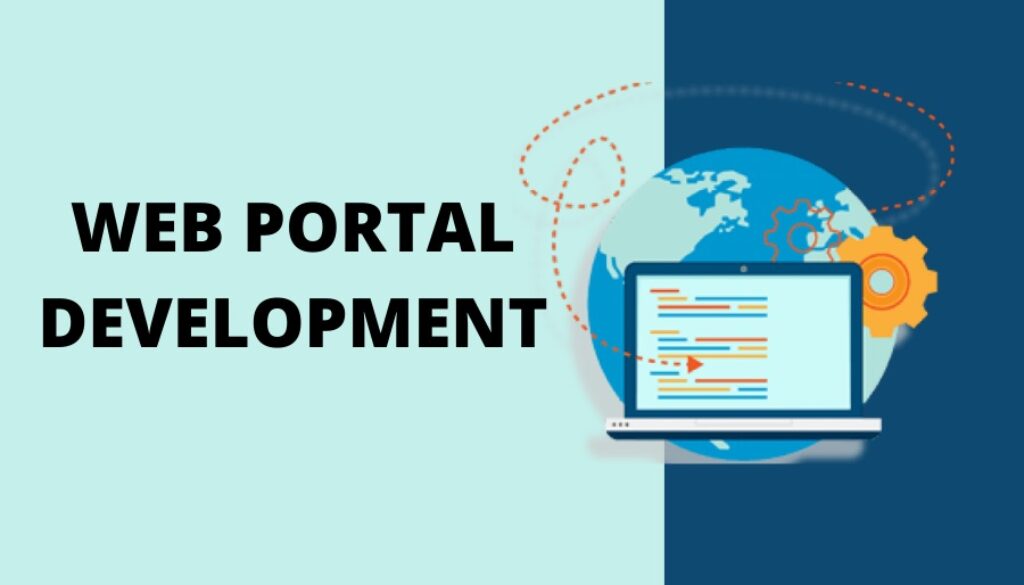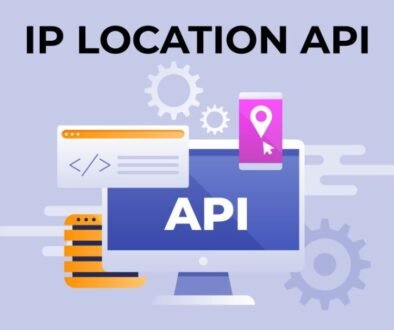5 Best Web Portal Examples You Should Know
Today’s digital era has transformed web portals into fundamental instruments for enhancing operational efficiency, elevating user experiences, and serving as pivotal information centers for organizations. Such platforms significantly benefit education, healthcare, finance, and government sectors.
This blog will review the 5 exceptional web portal instances, highlighting their unique characteristics.
What is a Web Portal?
A web portal is a customized platform that gathers information from various sources, such as emails, online forums, and search engines, into one user interface. Unlike standard websites that provide static information, web portals offer dynamic, personalized content and services tailored to users’ needs. They are often used for internal and external communication, providing a gateway to various services, tools, and resources.
For a web portal company, developing such platforms involves integrating multiple data sources to create a cohesive and user-friendly experience.
Web Portal vs Standard Website
The main distinction between a web portal and a regular website is found in its functionality and purpose. Standard websites are often static and provide general information about a company or service. In contrast, web portals are dynamic and interactive, offering personalized experiences and serving as a single access point to various information and services. Web portals enhance user engagement, facilitate communication, and improve accessibility to critical resources.
A web portal company excels at creating interactive platforms, ensuring seamless access to the information and services users need.
Why Use a Web Portal?
Web portals offer numerous benefits, including:
- Centralized Information Access: Users can access various information and services from one platform.
- Personalization: Portals provide tailored content and services based on user preferences and roles.
- Improved Communication: They facilitate better communication within organizations and with external stakeholders.
- Enhanced Productivity: Web portals can boost productivity and efficiency by streamlining access to tools and resources.
Types of Web Portals
There are several types of web portals, such as:
- Employee Portals: Used within organizations to provide employees with access to company resources, tools, and information.
- Customer Portals: Designed for customers to access services, support, and personalized content.
- Partner Portals: Used to share information and collaborate with business partners and suppliers.
- Student Portals: Provide students with access to educational resources, grades, and administrative services.
- Government Portals: Facilitate access to government services and information for citizens.
Advantages of Web Portals
Web portals offer numerous advantages:
- Streamlined Access: Users can access multiple services and information sources from a single interface.
- Efficiency: Portals reduce the time and effort required to find and use information.
- Cost-Effective: By centralizing resources, organizations can reduce operational costs.
- Improved User Experience: Personalized content and services improve user satisfaction.
- Improved Collaboration: Portals facilitate better communication and collaboration among users.
Real-Time Examples of Web Portals
Here are 5 web portals that demonstrate the power and versatility of these platforms:
1. Stanford University Portal – Faculty and Student Web Portal
The Stanford University portal is an outstanding example of a web portal designed for educational institutions. It provides faculty and students access to new applications, workshops, training programs, enrollments, employment opportunities, teaching resources, grading systems, academic advising, counseling, and more. This portal facilitates seamless information access and transaction recording, enhancing the educational experience.
2. COVID-19 Resource Site – Patient Web Portal and Intranet
During the COVID-19 pandemic, a US-based healthcare network expanded its intranet web portal to deliver urgent updates and resources to patients and medical staff. This patient web portal provided critical information quickly and efficiently, showcasing the importance of web portals in emergencies and healthcare settings.
3. West Bend – Bank and Customer Web Portal
West Bend Mutual Insurance Company developed a web portal for their clients and agents to enhance digital solutions. The customer web portal offers an effortless self-service experience for clients and policyholders, while the agent web portal enables agents to deliver policy quotes in minutes. This portal exemplifies how financial services can benefit from streamlined access to information and services.
4. Hewlett Packard Enterprise – Partner Web Portal
Hewlett Packard Enterprise (HPE) created a partner web portal to provide relevant information to clients and partners in 174 countries. This portal is a single entry point to various tools and services, simplifying access and improving the user experience. It signifies the importance of effective communication and resource sharing in large organizations.
5. Grants.gov – Government Web Portal
Grants.gov is a government web portal that enables applicants to apply for and manage federal grants digitally. This portal streamlines the grant management process and reduces redundancies, serving as a model for government portals worldwide. It demonstrates the potential of web portals to improve efficiency and accessibility in public administration.
Conclusion
Web portals are powerful tools that can transform how organizations operate and interact with their users. They provide significant advantages across various sectors by centralizing information, personalizing experiences, and improving communication. The examples demonstrate web portals’ diverse applications and benefits, making them indispensable in the modern digital landscape.
Are you looking to elevate your organization with a custom web portal? Visit Itchimes to streamline your operations and improve user engagement.
FAQs
Q1. What sets a web portal apart from a website?
The primary distinction is that a web portal offers personalized content and services from various sources, whereas a website typically offers static information.
Q2. What are the benefits of using a web portal?
Web portals offer centralized information access, personalization, improved communication, and enhanced productivity.
Q3. What types of web portals are there?
Common types include employee portals, customer portals, partner portals, student portals, and government portals.
Q4. Can web portals improve productivity?
Yes, web portals can significantly boost productivity by streamlining access to tools and resources.
Q5. Why are web portals important in healthcare?
Web portals provide quick access to critical information and resources, improving patient care and emergency response.



